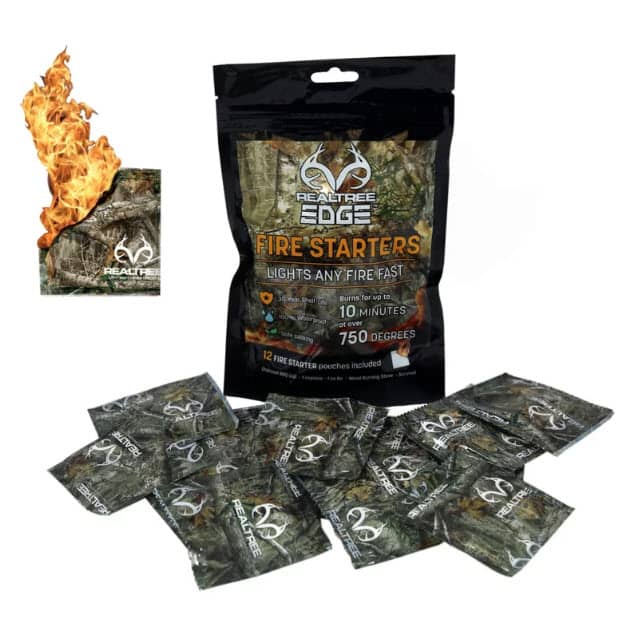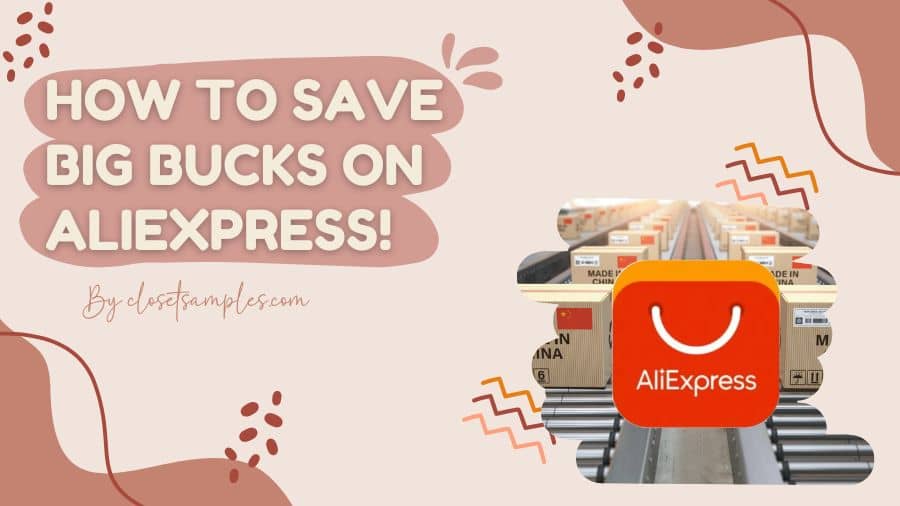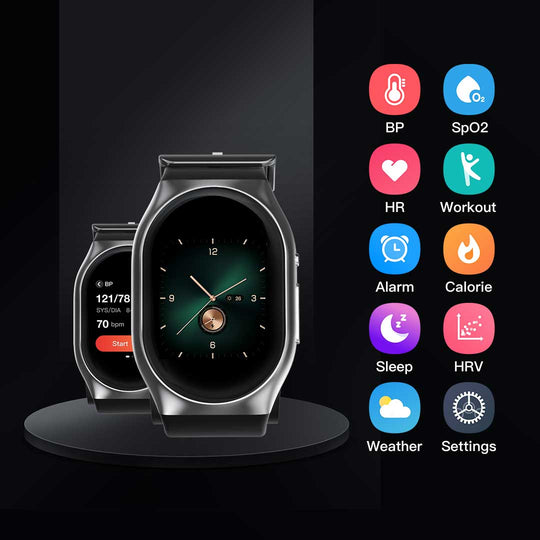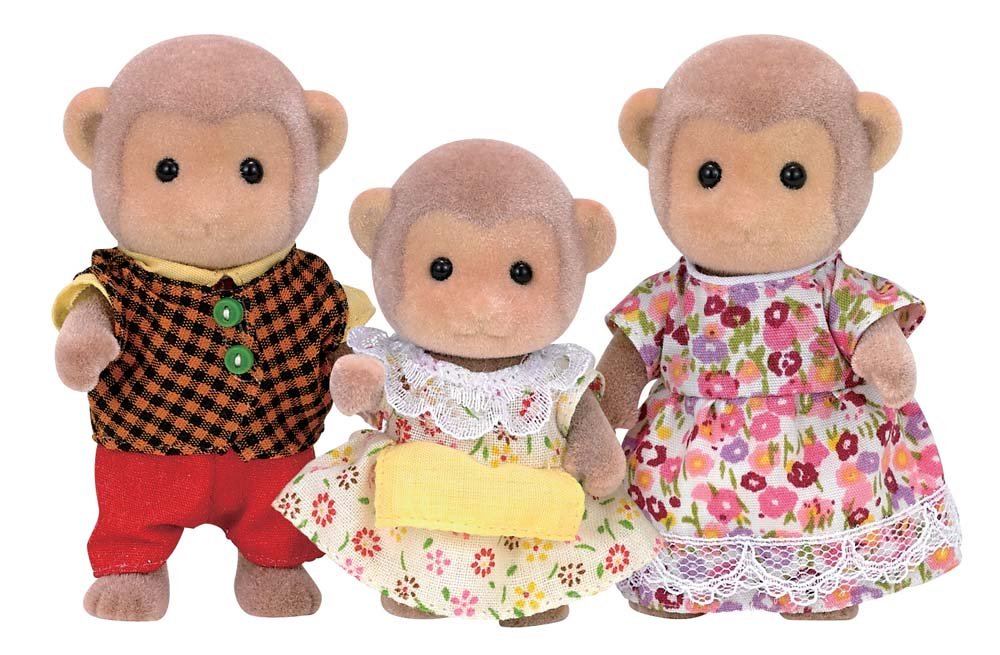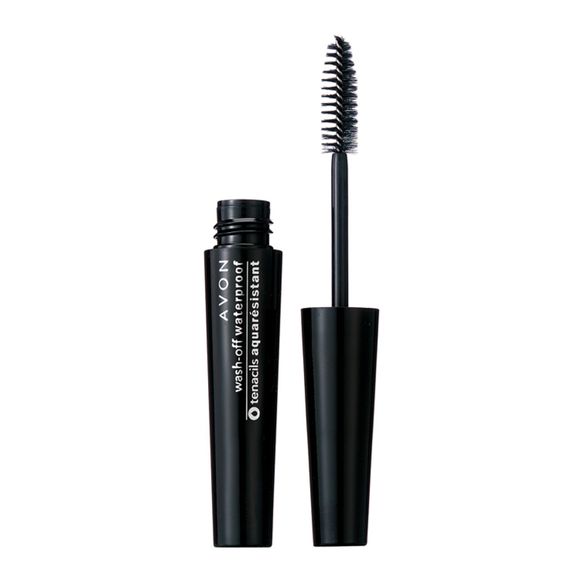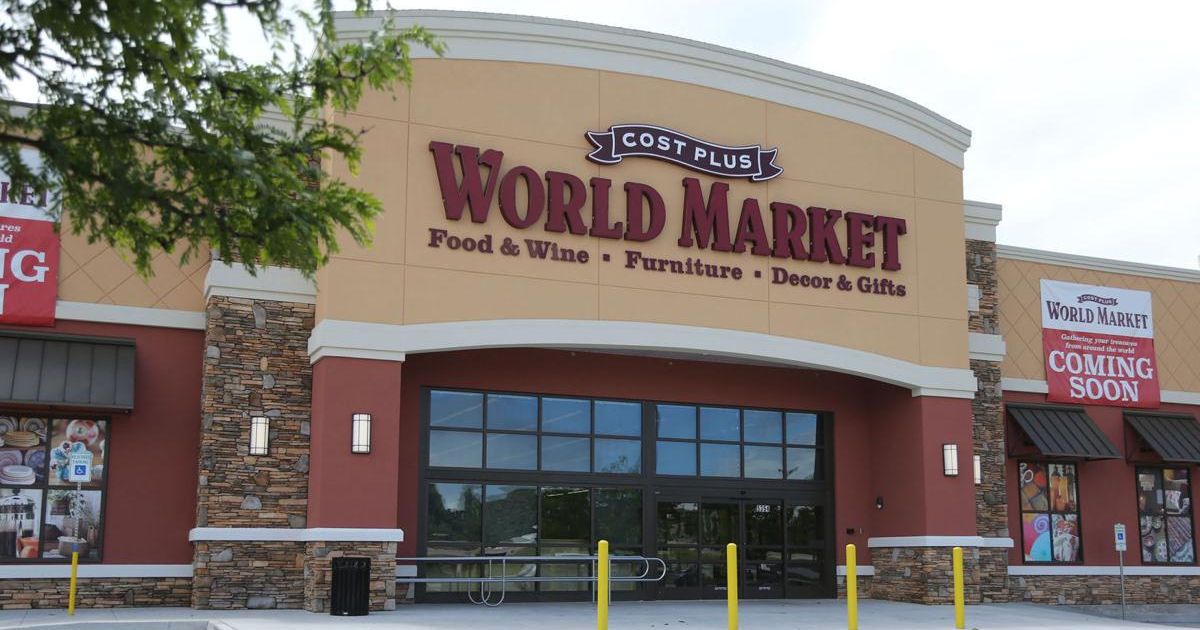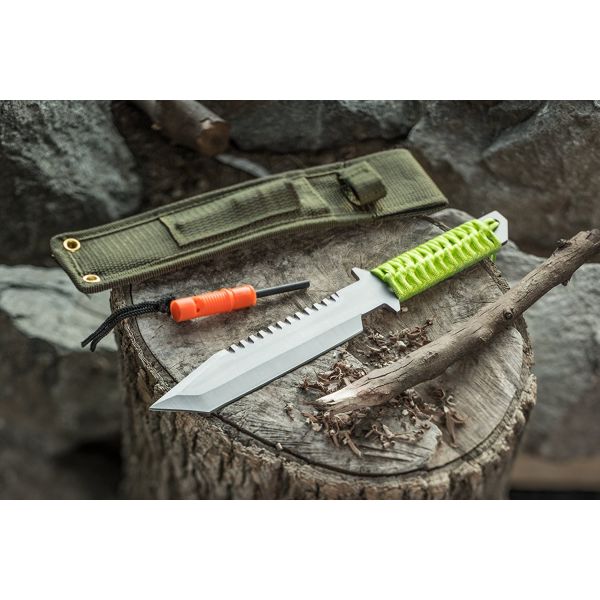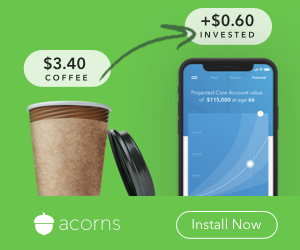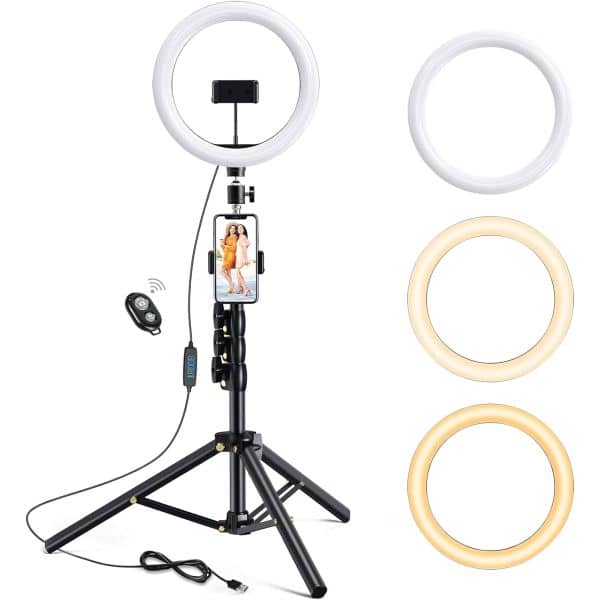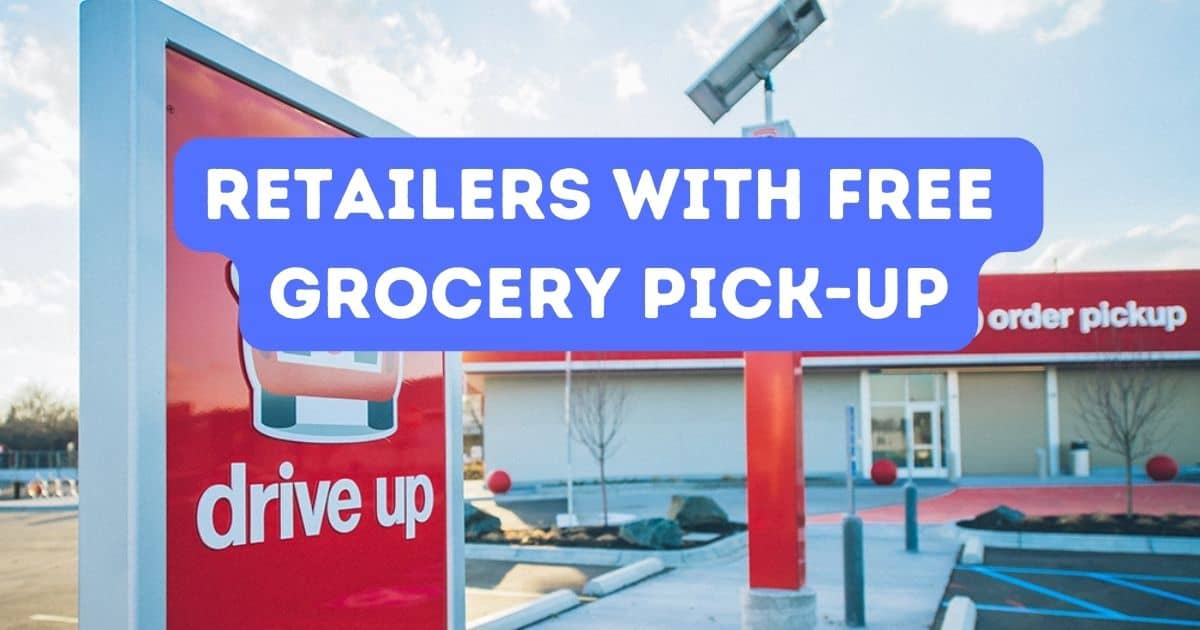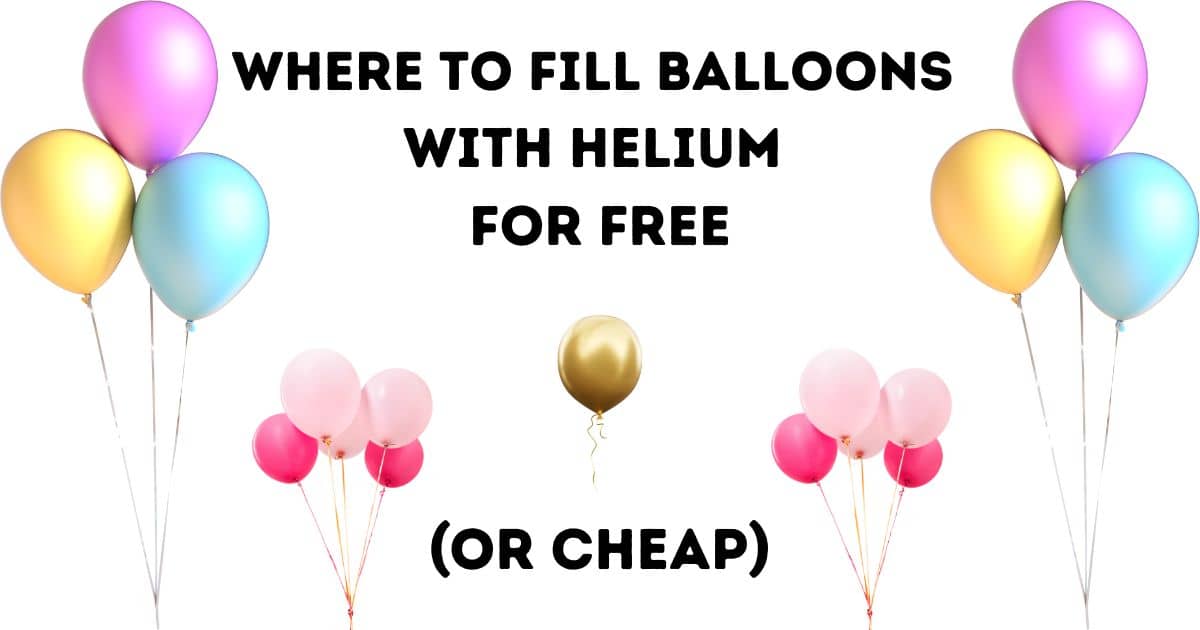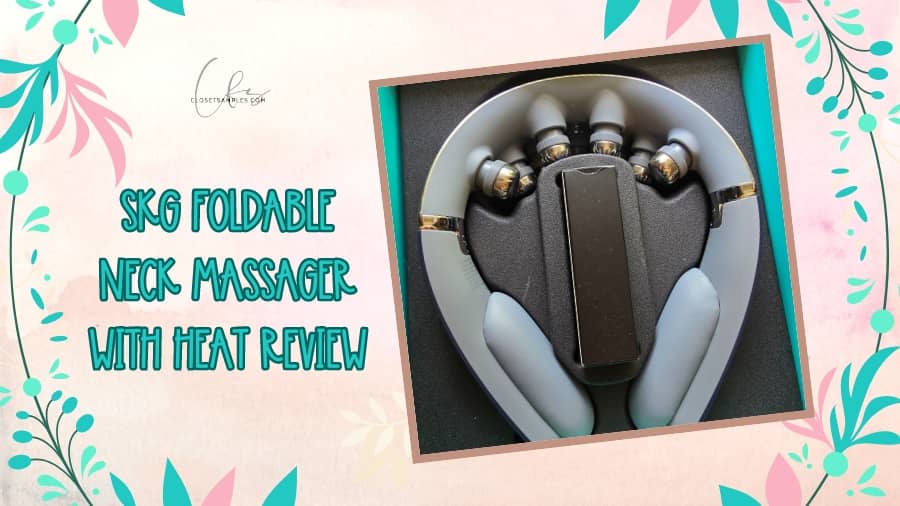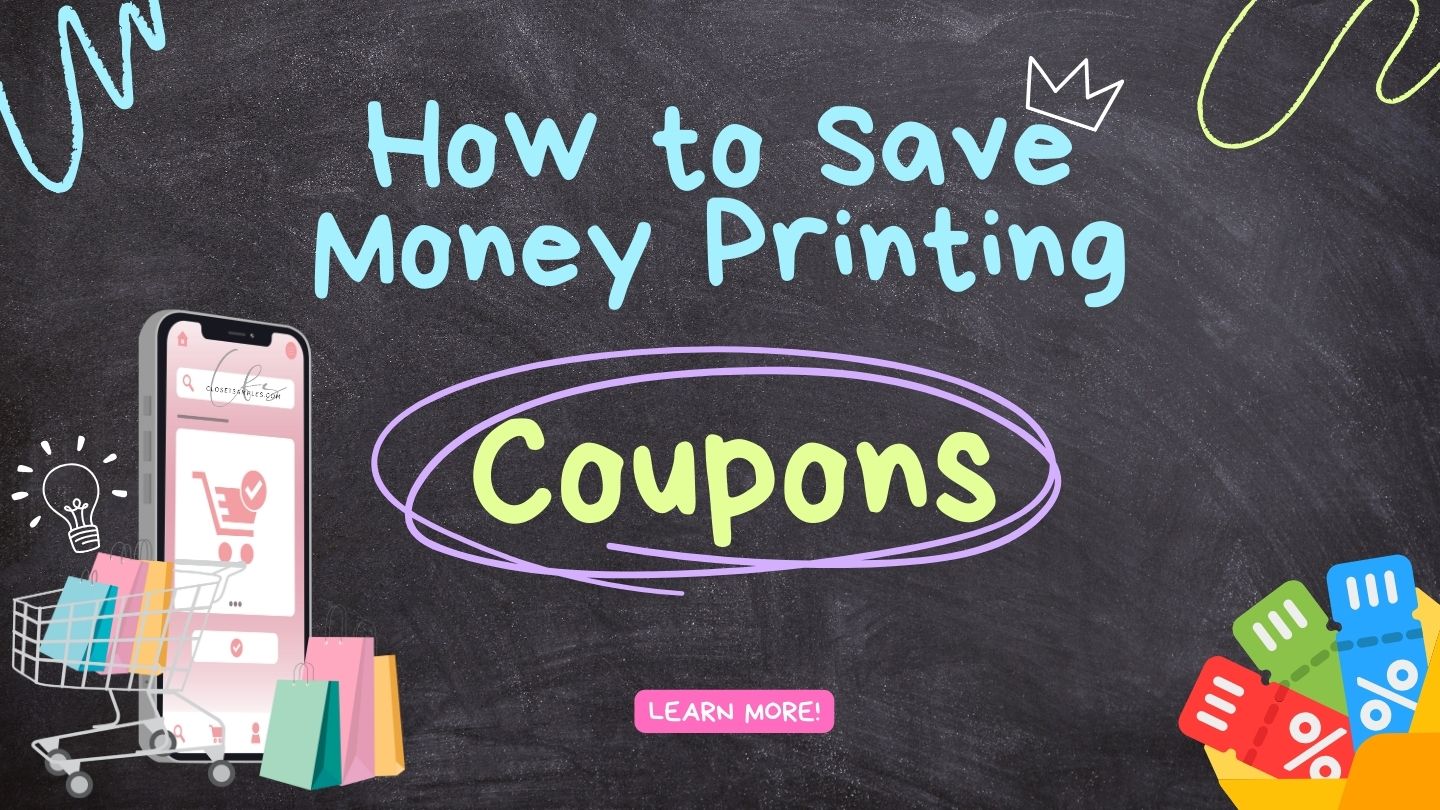Gardening can be a fulfilling and rewarding hobby, but the cost of seeds can add up quickly. However, there are numerous ways to acquire free seeds for your garden without compromising on quality. In this comprehensive guide, we'll explore innovative methods, expert insights, and insider tips on how to get free seeds for your garden. Let's dive in and unlock the secrets to a bountiful garden without breaking the bank.
Image credit: Pexels
1. How to Get Free Seeds for Your Garden
Gaining access to free seeds is easier than you might think. Here are some proven strategies:
Seed Swapping
One of the best ways to obtain free seeds is by participating in seed swaps with fellow gardeners. This community-driven practice allows you to exchange seeds you have surplus of for varieties you'd like to grow. It's a win-win for all involved.
Visit a Seed Library
Seed Libraries collect and store seeds to share them with members of the community for free. They are a valuable resource for finding free vegetable seeds, fruit seeds, herb seeds, tree seeds, and flower seeds from other local gardeners. Check with your local libraries, gardening centers, food pantries, food banks, community centers, seed exchange groups, and local gardening groups. Do a quick Google search for local seed libraries to help you find locations in your area. After your plants start growing, collect seeds from them and donate those seeds back to the seed libraries to help other gardeners continue to grow their own plants for free. To get started just search "seed libraries" + your state or county to find the ones near you.
Online Seed Banks
Many online platforms offer free seeds as part of promotions or rewards for making a purchase. Keep an eye on reputable seed banks, and you may stumble upon these deals.
Join the FREE Plants By Mail plant club for a new plant each month.
Free Plants By Mail will send you a new plant in a 2-inch pot every month when you join their plant club. You do have to pay an $8.95 shipping fee every month. They ship every 30 days after your joining date. The featured plant is posted on their website, so you won’t have to wonder what you’re getting. Plus, they include care instructions so you can prevent killing the plant. And if you’re wondering, no, your plant won’t die in the mail, according to Free Plants By Mail. They pick species that are especially hardy and able to withstand a postal journey.
Join Gardening Clubs
Local gardening clubs often organize seed-sharing events and workshops. Becoming a member can grant you access to a wide range of seeds and valuable gardening knowledge.
Receive free trees from the Arbor Day Foundation
Help the earth and get some beautiful trees in the process. The
Arbor Day Foundation will gift you 10 free trees in exchange for a $10 membership. The type of trees you receive are even zip code-specific to ensure growing success.
Not sure you need 10 trees? Consider going in with a few friends. You’ll each pay just a couple of bucks for two or three beautiful new trees to plant in your yard. Not to mention you’re helping the Arbor Day Foundation on their mission to plant, nurture, and celebrate trees around the globe. Now that’s what we call money well spent!
Farmers' Markets
Farmers' markets are not only great places to buy fresh produce but also to connect with local gardeners who may be interested in seed exchanges.
Local Nurseries and Garden Centers
Nurseries and garden centers may have bulletin boards or information about local gardening events, including seed swaps.
Sign Up for Gardening Catalogs
Another method for getting free seed packs is by signing up for gardening catalogs. The catalogs don't always include free seeds, but sometimes you'll find a surprise stuck in between the pages of the catalog - an entire pack of free seeds. It's free to sign up to receive the catalogs and you'll also score a wide range of information and tips inside of each catalog (as well as plants you can order) that can aid you in your journey through gardening.
Some of these catalogs include:
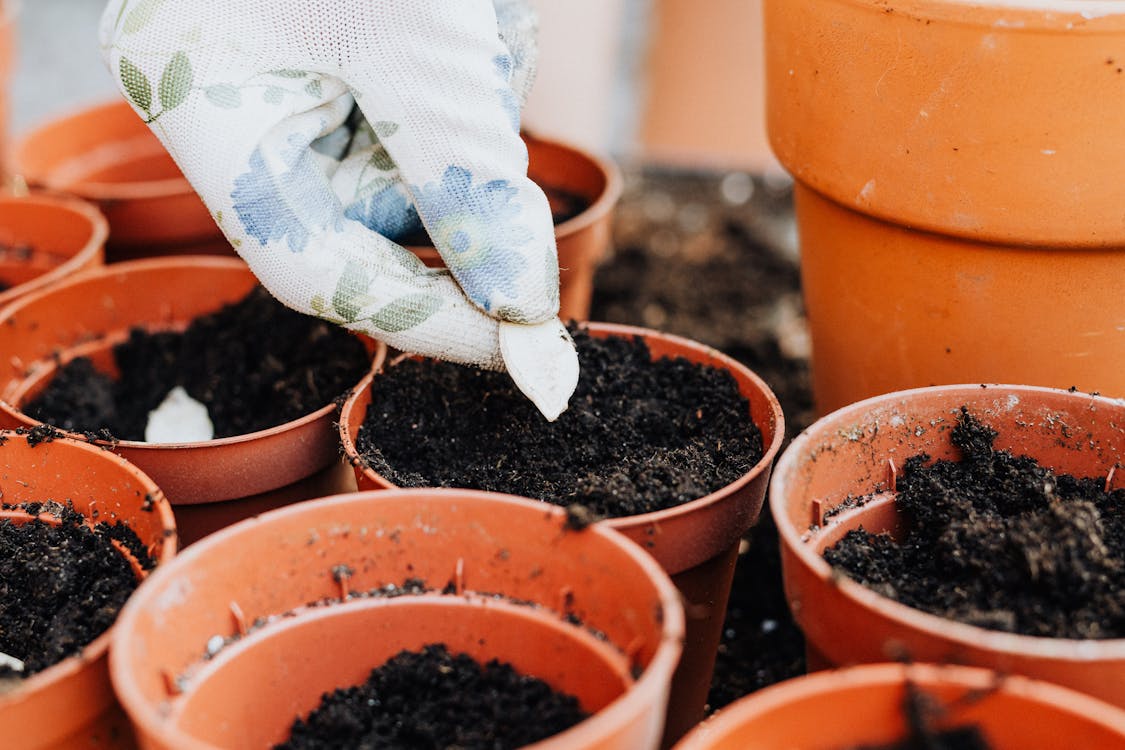 Image credit: Pexels
Image credit: Pexels
2. Seed Saving Techniques
Once you've acquired some free seeds, it's essential to learn how to save them for future planting:
Proper Storage
Store your seeds in a cool, dry place in
airtight containers or envelopes. Label them with the date and variety to ensure you can identify them later.
Harvesting Seeds
When your plants mature, collect seeds from the healthiest and most robust specimens. Allow the seeds to dry thoroughly before storing them.
 Image credit: Pexels
Image credit: Pexels
3. Utilizing Natural Resources
Nature provides several opportunities to acquire free seeds:
Collect Wildflower Seeds
Wildflowers produce an abundance of seeds. Identify native wildflowers in your area and collect their seeds during the appropriate season.
Check Your Own Kitchen!
Your kitchen holds one of the best-kept free seeds secrets. It has almost everything you need to be your own private grocery store. Every time you buy produce (tomatoes, blueberries, squash, lemons, cucumbers etc), be sure to save the seeds and plant them in your yard or a pot and start growing your own fruits and vegetables. It doesn't have to just be seeds though. Did you know when you cut the top off of a pineapple you can put it in some dirt and it will grow a plant that will give you another pineapple? How cool is that? This trick works for a variety of fruits & vegetables, so next time you're going to throw out those scraps - plant them instead. Pretty soon you won't have to buy those items and your pocketbook will thank you.
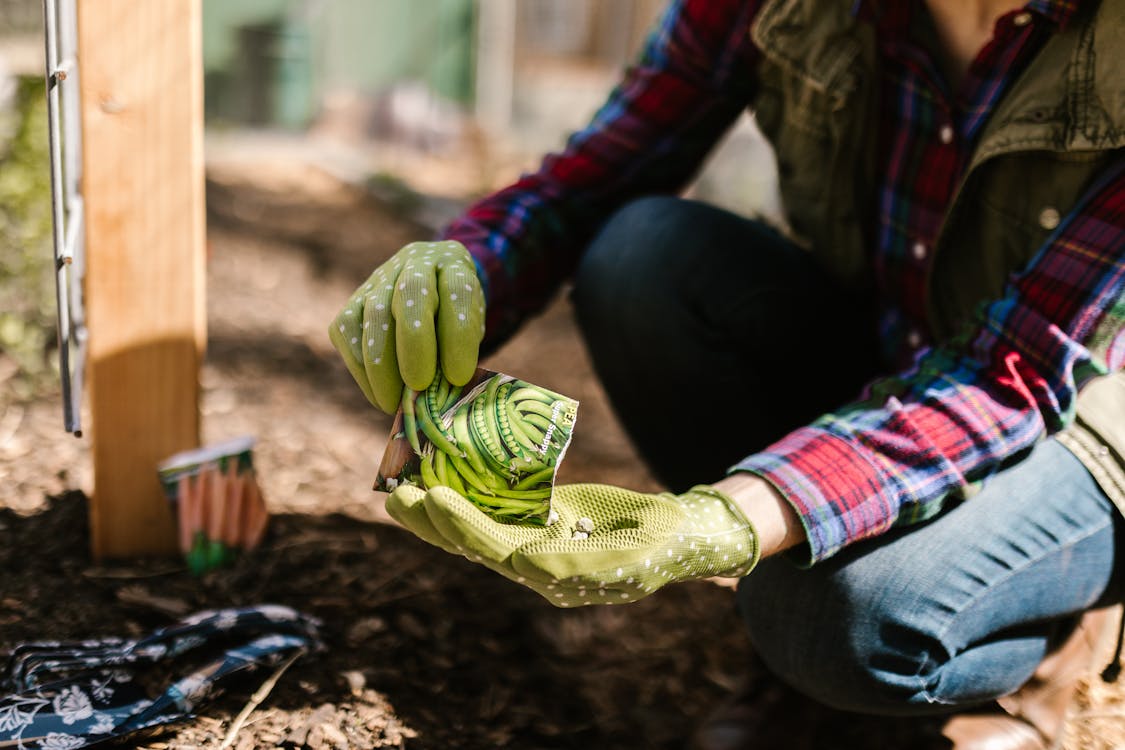 Image credit: Pexels
Image credit: Pexels
4. Community Gardens
Community gardens are excellent places to obtain free seeds and plants. Many gardeners donate surplus seeds or seedlings to support their local gardening community. To find local community gardens in your area, consider these methods:
Online Search: Use search engines like Google and type in "community gardens near me" or "local community gardens." You can also specify your city or region to narrow down the results.
Community Garden Directories: Several websites and directories list community gardens by location. Websites like the American Community Gardening Association (ACGA) maintain directories that can help you locate nearby community gardens.
Social Media: Check local gardening groups on social media platforms like Facebook, Nextdoor, or Meetup. Gardeners often share information about community gardens and events in these groups.
City or Municipal Websites: Visit your city or municipal website and look for information related to parks and recreation. Community gardens are often managed or supported by local government departments.
Garden Supply Stores: Visit gardening supply stores in your area and ask if they have information about nearby community gardens. They may have flyers or recommendations.
Local Nonprofits and Environmental Organizations: Contact local nonprofit organizations that focus on gardening, sustainability, or environmental issues. They might have information on community gardens or even operate one themselves.
Visit Parks and Recreational Areas: Take a stroll or drive around your neighborhood, local parks, or recreational areas. Community gardens are often situated in public spaces and can be spotted while exploring your community.
By using a combination of these methods, you should be able to identify nearby community gardens and get involved in the gardening community in your area.
Keep a Lookout for Dried Flowers at Gardening Centers
Have you ever walked around your local gardening center and seen the dead, dried flowers on the plants? Did you know, there is a wealth of free seeds inside of each one? Just pop off the whole dried flower head and once you are home you can get the seeds out or just plant the whole thing. You'll be surprised how many gorgeous flowers and herbs you can get this way. Most stores don't even mind you doing it and it's totally free!
Ask Your Friends & Neighbors
A huge resource for scoring free seeds is your friends and neighbors. Does one of your neighbors have a beautiful garden or are they always working in their yard? Stop by and chat them up. Ask them about their plants, tips for new gardeners, how to keep pests from eating your plants, and of course, if they have any seeds, seed packs, or cuttings they could share with you. You may find a wealth of knowledge and free seeds from a fellow gardener who is only a stone's throw away from your own home. Then, when your plants start producing you can share your fruits, vegetables, herbs, and seeds as a way of saying thank you.
 Image credit: Pexels
Image credit: Pexels
5. DIY Seed Propagation
Mastering the technique of seed propagation is a surefire way to ensure a constant supply of free seeds. This process entails nurturing plants from cuttings, bulbs, or root divisions, allowing you to expand your garden without depleting your seed stock. Here's a step-by-step guide to help you get started:
Gather Essential Tools and Supplies:
Select Healthy Parent Plants: Choose strong and healthy plants from which you'll collect seeds or cuttings. Healthy parent plants are more likely to produce robust offspring.
Collect Seeds or Cuttings: For seeds, wait until the plant produces mature seed pods or heads. Harvest seeds when they are fully ripe and dry. For cuttings, take 3-6 inch sections from the parent plant's stems. Choose stems that are not flowering and have healthy leaves.
Prepare the Growing Medium: Fill small pots or seed trays with a high-quality potting mix. Ensure the mix is moist but not waterlogged.
Sow Seeds or Plant Cuttings: For seeds, plant them at the recommended depth on the seed packet. Press them lightly into the soil and cover with a thin layer of soil. For cuttings, dip the cut end into rooting hormone (if available) and insert it into the soil. Water lightly.
Provide Optimal Conditions: Place the pots or trays in a warm, well-lit area with indirect sunlight. Maintain a consistent temperature. Keep the soil consistently moist but not waterlogged.
Monitor and Care for Seedlings: As seedlings emerge, ensure they receive adequate light and proper humidity. Consider using a plastic cover or clear plastic bag to create a mini-greenhouse effect. Water seedlings when the top inch of soil feels dry. Avoid overwatering, which can lead to root rot.
Transplant Seedlings: Once seedlings or cuttings have developed strong roots and are large enough to handle, transplant them into individual pots or directly into your garden.
Harden Off Seedlings: If transplanting seedlings outdoors, gradually expose them to outdoor conditions to acclimate them. Start with short periods and gradually increase exposure.
Enjoy Your New Plants: After successfully propagating your seeds or cuttings, you'll have healthy, new plants ready to thrive in your garden.
Remember that seed propagation may vary depending on the type of plant you're working with, so it's essential to research specific requirements for each species. With practice and patience, you can become proficient in this art and expand your garden without the need to purchase new seeds.
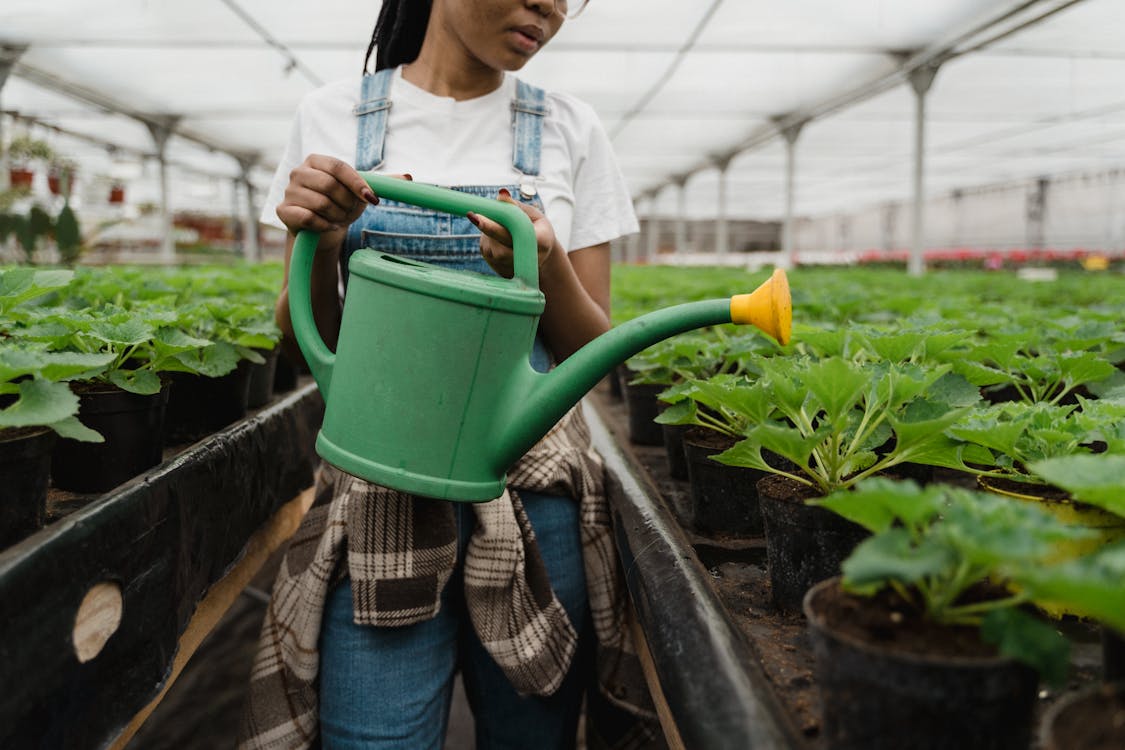 Image credit: Pexels
Image credit: Pexels
6. FREE Seeds You Can Get Right Now
The Free Seed Project offers around 10,000 (sometimes more) free seed packs to individuals every year. It usually includes a large array of vegetables, greens, herbs, and flowers. They've already sent out the free seed packs for 2023, but right now you can sign up for their waitlist. I'd also suggest signing up for their newsletter (scroll to the bottom of their website and enter your email), so you know when they open up the form for the free seeds for 2024.
If you're growing on a large scale - community gardens, seed libraries, schools, or small non-profit farms etc, you can sign up to request a free
Community Pack. The Community Pack includes around 22 varieties of hearty vegetables, greens, tasty herbs, and a mix of beautiful and fragrant flowers.
American Prairie currently has an offer showing up on social media that allows you to order a free pack of American Prairie Wildflower Seeds. Follow these tips for your chance to get free seeds. Follow American Prairie on
Facebook and
Instagram. Like a bunch of the posts on their social media pages and leave a comment on those posts (I usually try to do at least 10). Finally, search for the brand and product in Google and scroll down through some of the results. Then just keep an eye on your newsfeed when you're scrolling through social media. If you spot the free seed offer you'll want to click it, and fill in your mailing address to order your free seed packs.
TIP: Follow Closet of Free Samples on
Facebook and
Instagram so you don't miss out on the latest freebies and deals!
Live Monarch offers 15+ butterfly garden seeds including milkweed and growing instructions for free. If you can afford to send a small donation, they do appreciate it since it helps to help offset their costs. However, it is not required. Just mail them a self-addressed stamped envelope to the address listed on their site. One per household.
Image credit: Pexels
7. Deals on Seeds
There are several stores where you can grab some really good deals on seeds right now, both seasonal and annual.
Dollar Tree has packages of seeds for only $1.25 each and others come in packs of 3 and 4 for $1.25. This includes many kinds of seeds for your garden including vegetables, fruits, and flowers.
Walmart has deals on seed packs in-store and online. Prices usually start at $0.50 in-store and $2 online, but right now you can score some seeds for under $2. They have sugar snap peas for $1.64, tomatoes for $1.99, a wildflower mix for $1.44, oregano for $2.17 and so many more. So whether you're looking for vegetable seeds, flower seeds, herb seeds, or something else - they should have everything you need for your garden.
Target has a Jiffy Seed Starting Greenhouse Kit for $8.99, Window Garden Arugula Vegetable Seed Starter Kit is on sale for $12.99, and Back to the Roots 10pk Organic Beginner’s Garden Seeds for $29.99 (it includes vegetable seeds and herb seeds). You can also pick up plant stakes, soil, and gardening tools, so you have everything you need.
Home Depot has vegetable seeds, fruit seeds, flower seeds at herb seeds available online starting at $1.35. Get a pack of nasturtium, an edible flower that's gorgeous to look at and great in salads for only $1.35, carrot seeds for $1.58, a pack of kohlrabi seeds, and a pack of rosemary seeds are both priced at $1.59 each.
Lowes has a huge garden center and you can always find almost every seed you're looking for. They currently have cherry tomatoes for $1.99, broccoli seeds for $2.79, lavender seeds for $1.99. Just enter your zip code to get the pricing at your local store location.
Amazon has so many seeds, seed packs, seed starter kits, and more available. For under $30, you can get a garden kit that includes 16,000 seeds! Maybe you're looking for a great deal on flowers, for $10.99 you can get over 1,000 different types of sunflower seeds, or grab a wildflower seed kit that has 130,000+ wildflower seeds to attract birds and butterflies for only $24.99.
Etsy has varieties starting from $1 to $40. I’ve seen seeds for cucumbers, flowers, sunflowers, and succulents. Some sellers even have 50% off sales.
Ace Hardware: Don’t count this retailer out when you’re planning your garden. At times, I have seen they have assorted garden seeds for only $0.99 each!
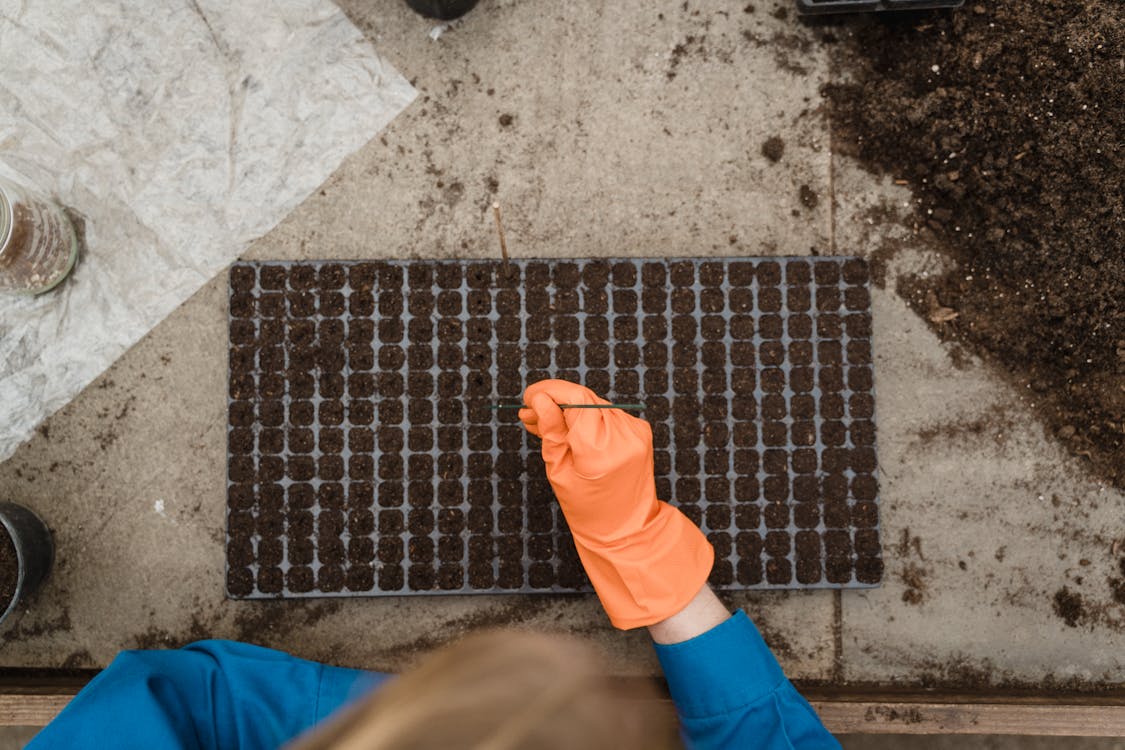 Image credit: Pexels
Image credit: Pexels
Frequently Asked Questions (FAQs)
Can I really get quality seeds for free?
Absolutely! By participating in seed swaps, joining gardening clubs, and using the resources around you, you can access high-quality seeds without spending a dime.
Is seed saving difficult?
Not at all. With some basic knowledge and proper storage, seed saving can be a straightforward and rewarding practice.
Are online seed banks reliable for free seeds?
While they primarily sell seeds, many online seed banks offer free seeds as promotions or loyalty rewards. Be sure to choose reputable suppliers.
How can I find local gardening clubs?
Search online or inquire at your local garden supply store. They often have information about nearby gardening clubs and events.
What are the benefits of community gardens?
Community gardens foster a sense of camaraderie among gardeners, provide a space to share resources, and offer opportunities to acquire free seeds and advice.
Can I propagate seeds indoors?
Yes, you can propagate seeds indoors with proper lighting and care. It's an excellent way to expand your garden.
What is a Zone?
As a budding gardener, there are two zones to know — plant hardiness and heat. Each zone map is divided into 12 regions. Stick to plants within your zone for the best results. Thanks to the
USDA’s Plant Hardiness Zone Map, you can pinpoint how well your plants will survive based on the average annual minimum temperature according to your zip code. It’s a range of temperatures like -20 degrees to -10 degrees Fahrenheit. With this info, you can select plants that can survive and thrive. Of course, weather changes, so these maps aren’t absolute but rather a guide to follow.
The
Plant-Heat Zone Map from the American Horticulture Society lists the average number of days (aka heat patterns) when the temperature is above 86 degrees. Heat zones are sometimes listed on plant labels, and they explain how well your plants can tolerate hot temperatures.
How Soon Can I Pick Up Seeds?
Shop for seeds between January and March. Pick your favorite things to eat to make it simple, and think about how much space you have to grow.
What are the different seed types?
Have you ever wondered what the seed terminology means? Let us help:
GMO: Not naturally derived; biologically engineered
Organic: Seeds from certified organic plants
Open pollination: Identical seeds from the parent plant and pollinated by bees, wind, birds, and other natural sources.
Heirloom: Defined as seeds older than 50 years; open pollination variety
Hybrid: Cross pollination of two varieties
What's the difference between Annuals Vs. Perennials?
If you’re like me and forget which starter plants to choose every year, listen up. Don’t let the name fool you — annuals don’t return and perennials do. Annuals need to be replanted every season, while perennials regrow every spring on their own. Perennials usually grow for several years (i.e., three to four growing seasons), so filling out a
garden journal and planner would be helpful.
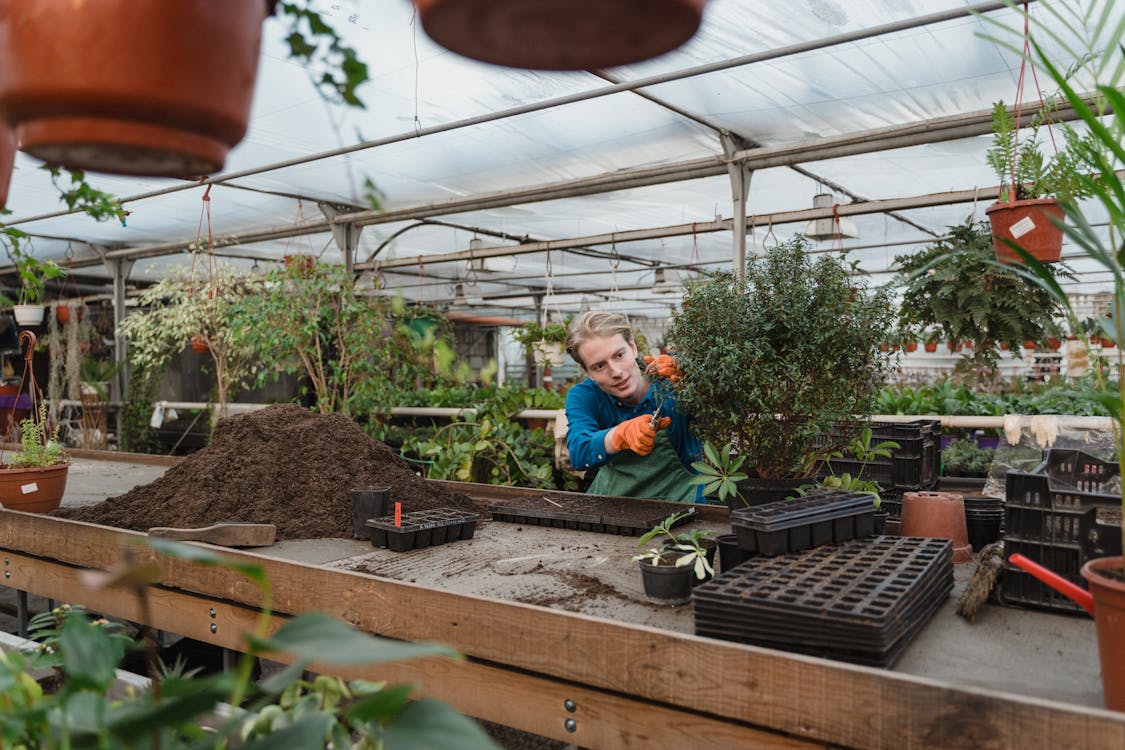 Image credit: Pexels
Image credit: Pexels
Conclusion
Growing a beautiful garden doesn't have to be an expensive endeavor. With the strategies outlined in this guide, you can obtain free seeds and enjoy the fruits of your labor without straining your budget. So, roll up your sleeves, get your hands dirty, and watch your garden flourish without breaking the bank.
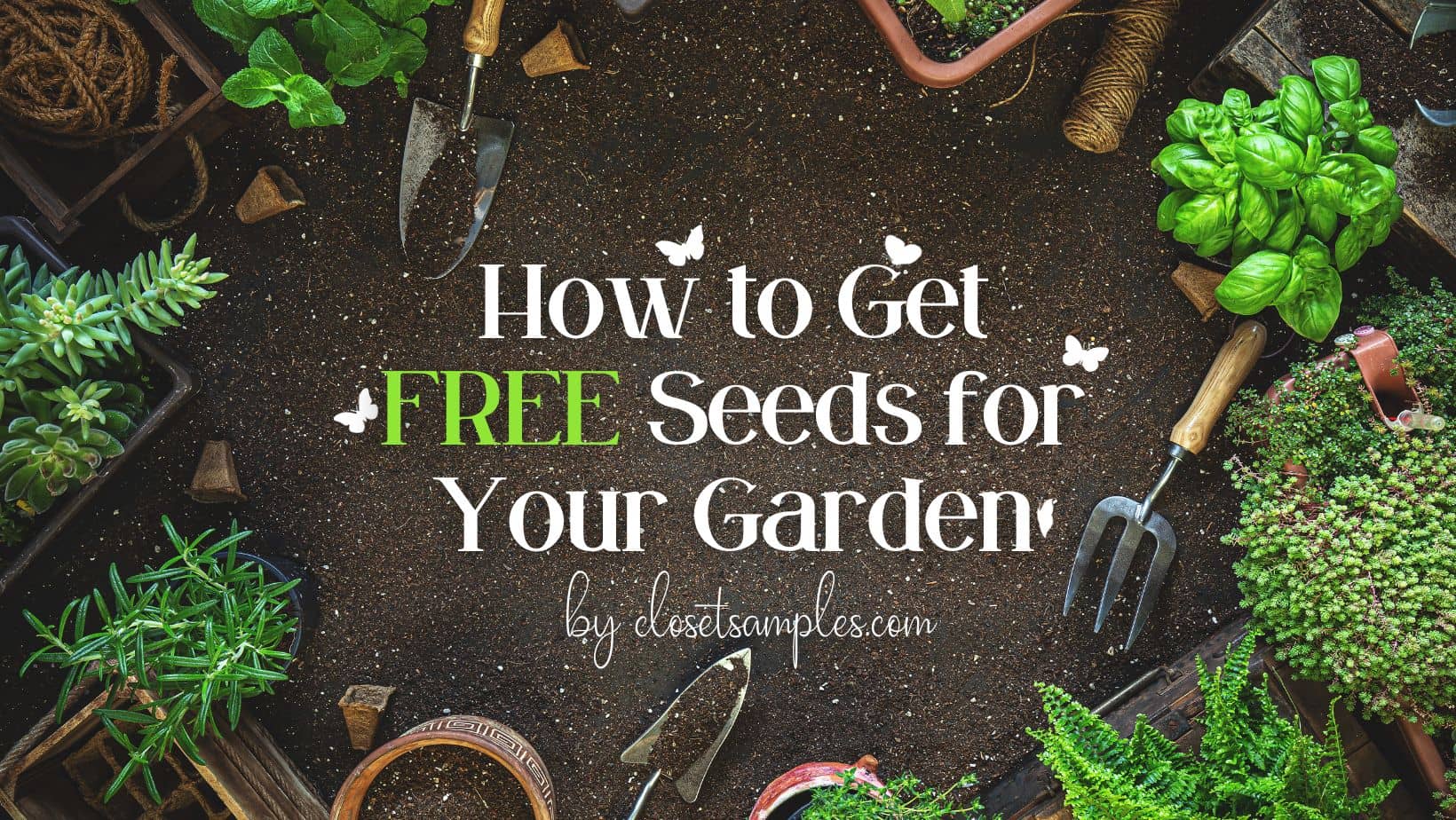
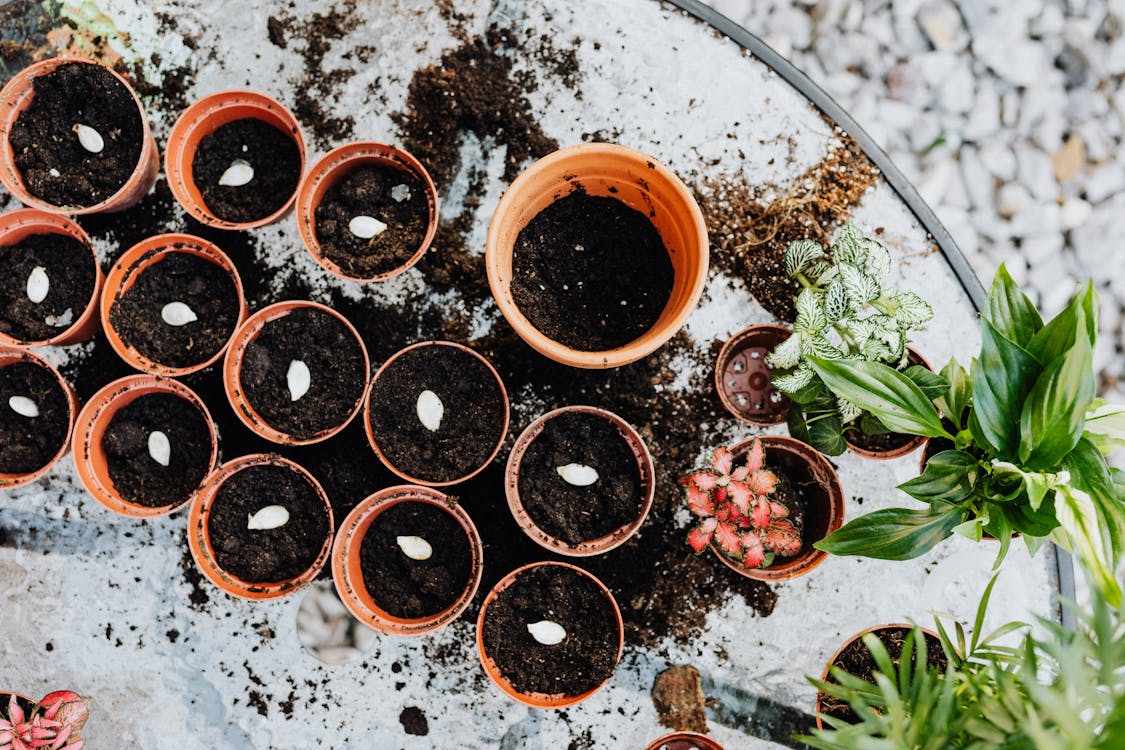
 Image credit: Pexels
Image credit: Pexels Image credit: Pexels
Image credit: Pexels Image credit: Pexels
Image credit: Pexels Image credit: Pexels
Image credit: Pexels Image credit: Pexels
Image credit: Pexels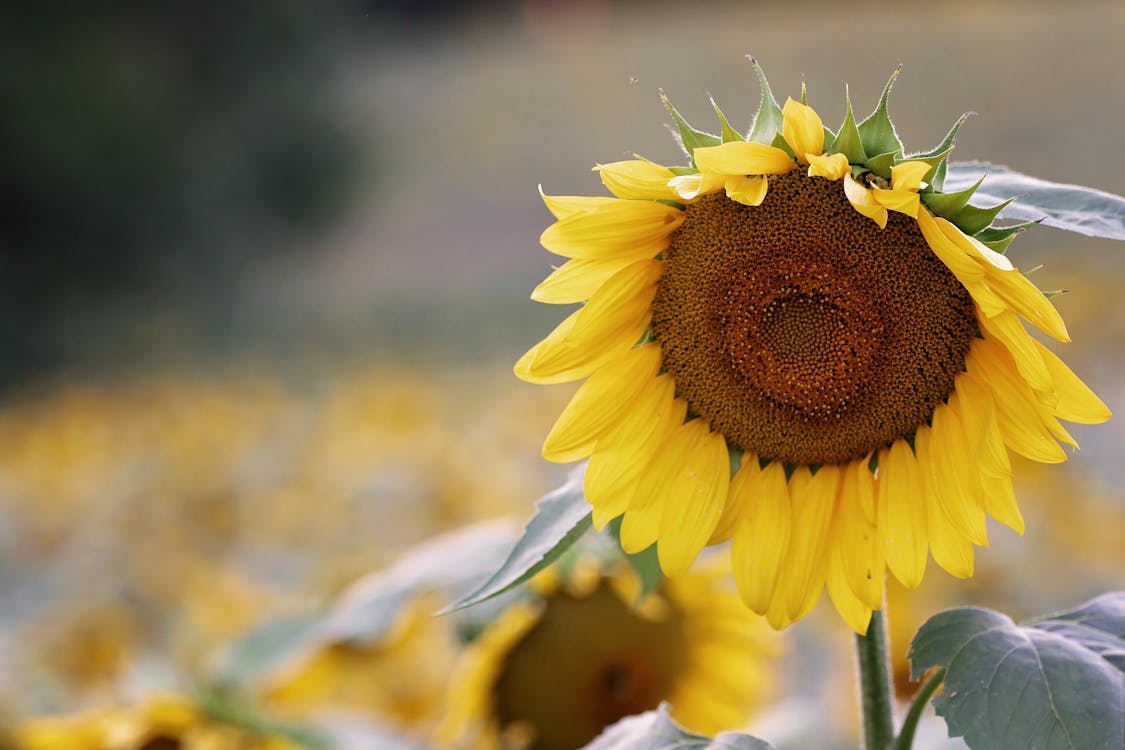
 Image credit: Pexels
Image credit: Pexels Image credit: Pexels
Image credit: Pexels


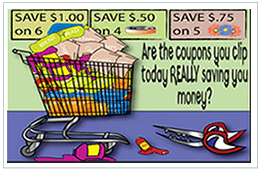 Here you will find all the best coupon advice, tips and how to make the most of all your coupons!
Here you will find all the best coupon advice, tips and how to make the most of all your coupons! Are you looking for ways to stretch your dollar?
Are you looking for ways to stretch your dollar? 


